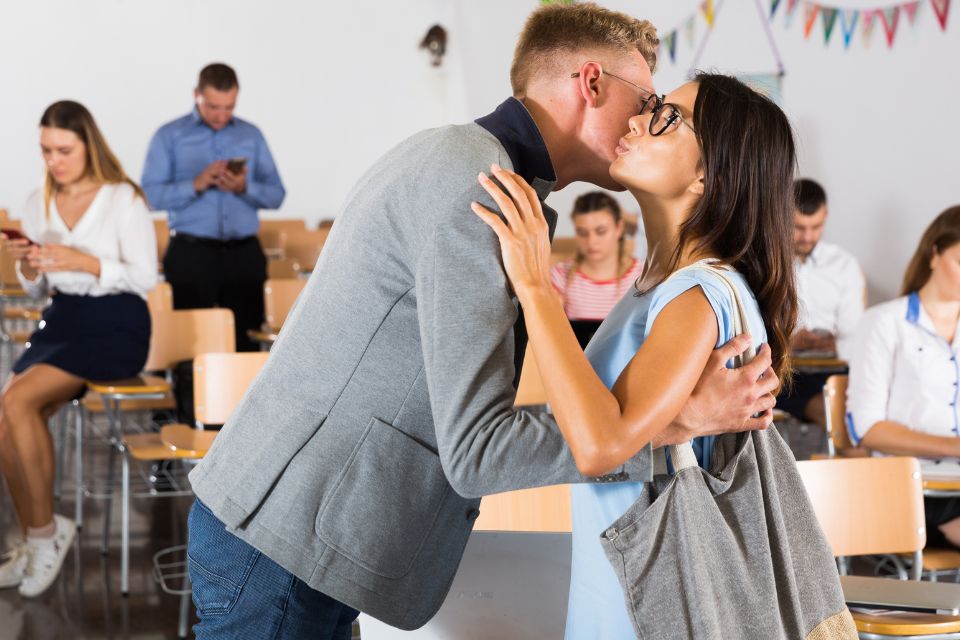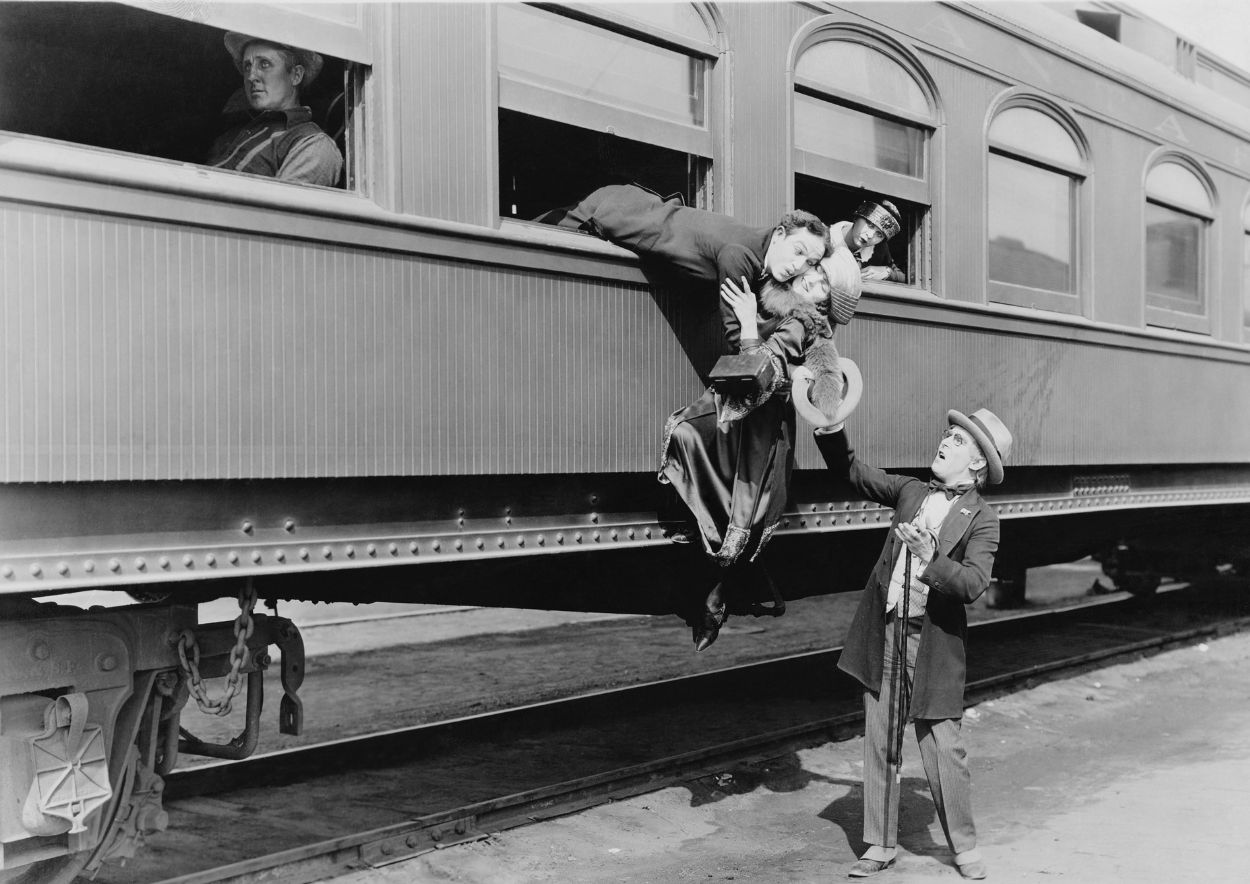Are you eager to experience Italian life and immerse yourself in Italian culture? Great! Let’s start with greetings. Italians are very communicative people, with a unique way of using gestures and expressions. Sometimes words aren’t even necessary—you can greet someone with a smile, a nod, a wave, or even a hug.
However, knowing and using the right greetings for the context and time of day is important. Here are some:
How to say hello in Italian?
Ciao! It’s the simplest and most used word, even internationally. It’s an informal greeting used at any time of the day or night among young people, friends, family, and even colleagues. “Ciao” can also be used when saying goodbye.
Ehi/Ehilà! This is very informal, perhaps more so than “ciao.” It’s a way to call attention or greet someone with positive surprise. For example, “Ehilà, chi si rivede!” (Look who’s back!) is an expression used for someone you’re familiar with.
Salve is widely used and falls between formal and informal. It can be used at any time of the day.
Other informal greetings used when parting include:
– A domani! (See you tomorrow!)
– A presto! (See you soon!)
– A più tardi! (See you later!)
– A dopo! (See you after!)
– Ti/Vi saluto! (Goodbye!)
– Alla prossima! (Until next time!)
– Ci vediamo! (See you!)

Italian hello: goodbye
While ciao can be used at both the beginning and end of a meeting, arrivederci is generally formal and used only when leaving. It can also be used informally, as in arrivederci ragazzi!.
To convey respect ArrivederLa! for a single person is much more formal and distant.

Italian business greetings
We use Buongiorno and Buonasera when meeting someone we don’t know or know little about. Buongiorno is used during the day, from dawn to dusk, and a less common equivalent is buon dì.
In the late afternoon or when it starts to get dark, we use buonasera. Both can also be used informally but with a friendly tone. When leaving, buongiorno becomes buona giornata and buonasera becomes buona serata.
There’s also buon pomeriggio, a greeting used after noon but now mostly out of use.
Buonanotte! In the evening, after dinner, when going to sleep, we say buonanotte. It’s both formal and informal. For example, before bed, you say buonanotte to your family members.

Italian birthday greetings
Italians are generally superstitious and rarely celebrate a birthday in advance as it’s considered bad luck. So, if you have an Italian friend, how can you wish them a happy birthday? Here are some expressions:
Buon compleanno!, is the most common birthday greeting.
Tanti auguri di buon compleanno! or simply Auguri! .
Among friends and family, Auguroni! is also widespread. This means big greetings.
Cento di questi giorni! (many happy returns) is more outdated and unusual.
Congratulazioni! has a different nuance and is used when someone reaches a milestone, in studies, work, or for a significant birthday like turning 100.
Italian greetings for Christmas
Christmas is a very heartfelt holiday in Italy which brings family and friends, both near and far together, whether Christian or not. Schools close around December 21 and reopen after Epiphany, around January 7.
Natale con i tuoi, Pasqua con chi vuoi (Christmas with your family, Easter with whomever you want) is a popular saying.
Here’s how Italians exchange holiday greetings:
– Buon Natale! is the most common, as well as Tanti auguri di Buon Natale! or Buone Feste!
– Ti auguro di passare un sereno Natale e un felice Anno Nuovo (I hope you have a serene Christmas an Happy New Year) is a more complete greeting, often found in cards. Or simply Buon Anno e Buone Feste!
– If you receive these greetings, you could reply with: Grazie, anche a te! or Grazie, altrettanto!
Italian greetings kiss
Italy is not the only country where people greet each other with kisses. In many nations, people kiss on one cheek, while in others, it’s three or even four kisses. Italians give two kisses. The kiss is reserved for social contexts and reserved for those already known.
It’s rarer between two men unless they are close friends or relatives. Instead, a hand may be placed on the other’s arm or shoulder. In southern Italy, kisses are less reserved and there’s more physical contact.
When meeting for the first time, people usually shake hands, especially in the North.
P.S. You might encounter an awkward Italian like myself, who, when approaching, hesitates for a split second, unsure where to start. Don’t panic! Just follow the disoriented Italian and turn your cheek the opposite way, whether it’s right or left. Otherwise, you risk glasses clashing, noses bumping, and moments of embarrassment! In the end, the important thing is greeting warmly and making the person you meet feel comfortable!




